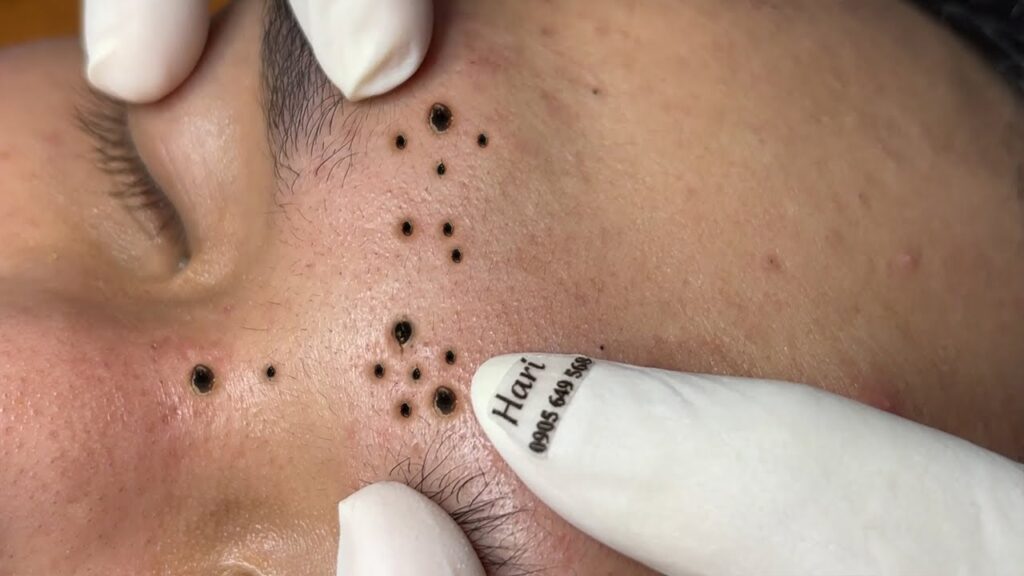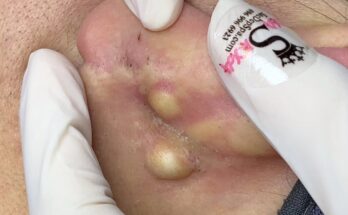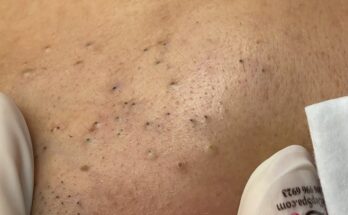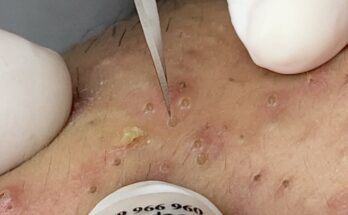
When you’re dealing with acne-prone skin, understanding product labels is crucial, and the term “non-comedogenic” is one of the most important to know. In simple terms, “non-comedogenic” means a product is formulated in a way that it is unlikely to cause pore blockage. The word “comedo” is the technical term for a clogged pore, which can be an open blackhead or a closed whitehead. Therefore, a non-comedogenic product is specifically designed to avoid creating these clogs.
Clogged pores are the first step in the formation of acne. When excess oil (sebum) and dead skin cells get trapped in a hair follicle, it creates an ideal environment for acne-causing bacteria to thrive, leading to inflammation and breakouts. Non-comedogenic products are made with ingredients that have been tested and shown to not clog pores. This is particularly important for moisturizers, sunscreens, and foundations—products that sit on your skin for extended periods.
For those with acne-prone skin, using non-comedogenic products across your entire skincare and makeup routine can make a significant difference. Examples of acne-friendly ingredients and products include oil-free moisturizers, mineral sunscreens containing zinc oxide or titanium dioxide, and foundations labeled as non-comedogenic. These products are often lighter in texture and are formulated without heavy oils or waxes that are known to be pore-clogging. By choosing non-comedogenic options, you are actively helping to prevent the root cause of many breakouts, allowing your skin to stay clearer and healthier.


